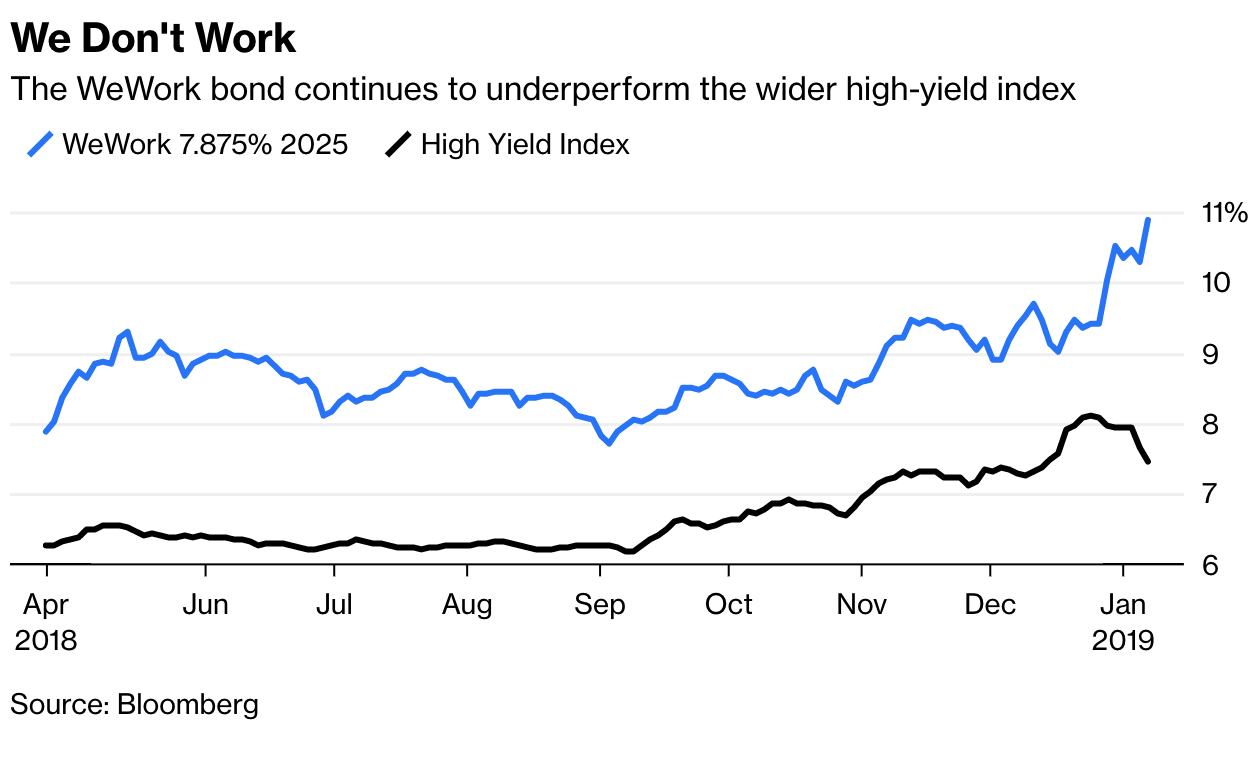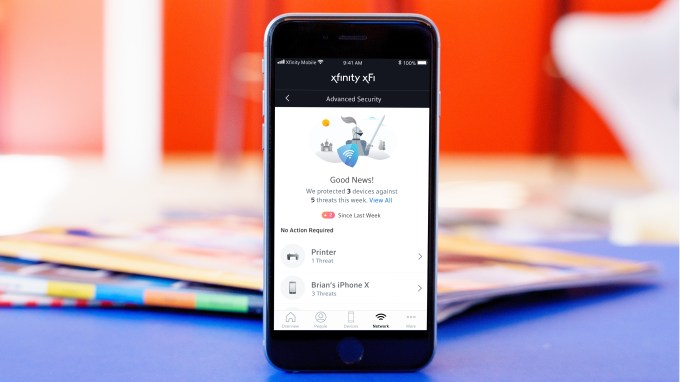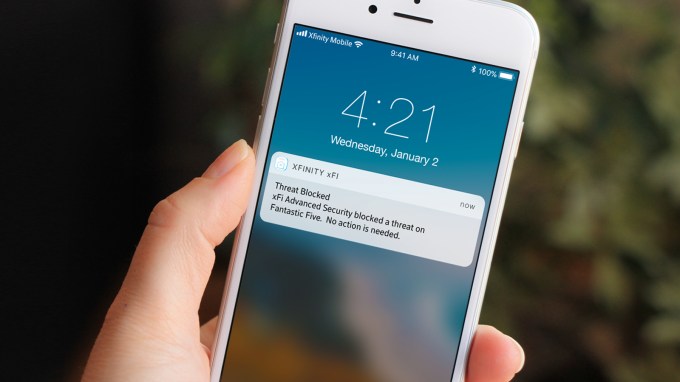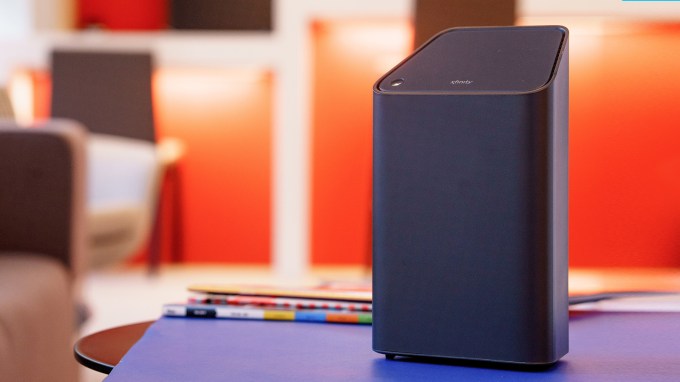While IBM is getting sued by the city of Los Angeles, accusing it of covertly mining user data in the Weather Channel app in the US, it’s testing the waters for another hyperlocal weather feature that — coincidentally — relies on data that it picks up from sensors on app users’ smartphones, among other devices, combined with AI at IBM’s end to help model the information.
Today at CES, the company announced new service called the Global High-Resolution Atmospheric Forecasting System — GRAF for short — a new weather forecasting system that says it will provide the most accurate weather for anywhere in the world, running every hour, and in increments of every three kilometers everywhere by way of crunching around 10 terabytes of data every day.
The new hyperlocal weather data will start to become available in 2019.
This is a key piece of news particularly for the developing world. There has been some effort already to create and use hyperlocal weather information in the US market using things like in-built sensors that can pick up information on, for example, barometric pressure — the very feature that is now the subject of a lawsuit — but there have been fewer efforts to bring that kind of service to a wider, global audience.
“If you’re a farmer in Kenya or Kansas, you will get a way better weather prediction,” said Ginny Rometty, the CEO of IBM, announcing the service today at CES.
She added that other potential end users of the data could include airlines to better predict when a plane might encounter turbulence or other patterns that could affect a flight; insurance companies managing recovery operations and claims around natural disasters; and utility companies monitoring for faults or preparing for severe weather strains on their systems.
Rometty said that the Weather Channel app’s 100 million users — and, in an estimation from Mary Glackin, the Weather Channel’s VP of business solutions, 300 million monthly active users when considering the wider network of places where the data gets used including Weather.com and Weather Underground — will be providing the data “with consent”. Data sourced from businesses will be coming from customers that are partners and are also likely to become users of the data.
That data in turn will be run through IBM’s Power9 supercomputers, the same ones used in the US Department of Energy’s Summit and Sierra supercomputers, and modelled using suplementary data from the National Center for Atmospheric Research (NCAR).
The news represents a big step change for the Weather Company and for meteorology research, Glackin said in an interview.
“This is going to be the first significant implementation of GPUs at the Weather Company,” she told me. “The weather community has been slow to adopt to technology, but this is providing much improved performance for us, with higher resolutions and a much finer scale and focus of short-term forecasts.”
The new service of providing hyperlocal data also underscores an interesting turn for IBM as it turns its efforts to building the Weather Channel business into a more global operation, and one that helps deliver more business returns for IBM itself.
Glackin said the Weather Channel app was the most-downloaded weather app in India last year, underscoring how it, like other consumer apps, is seeing more growth outside of the US at the moment after already reaching market saturation in its home market.
Saturation, and some controversy. It’s not clear how the lawsuit in LA will play out, but the fact that it’s been filed definitely points to changing opinions and sensibilities when it comes to the use of personal data, and more generally how consumers and authorities are starting to think about how all that data that we are generating every day on our connected devices is getting used.
IBM is by far not the only company, nor the most vilified, when it comes to this issue, but at a time when the company is still trying to capitalise on the potential of how to commercialise the trove of information and customer connections in its wider business network, this will be something that will impact it as well.
Notably, Rometty closed off her keynote today at CES with a few parting words that reference that.
“As we work on these technologies, all that data that we talked about, that ownership, they belong to the user, and with their permission, we use that,” she said, adding, “These technologies also need to be open and explainable.”






